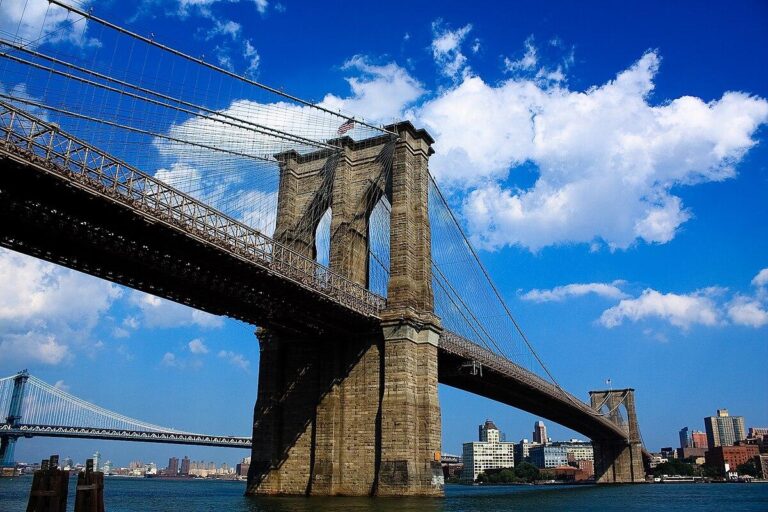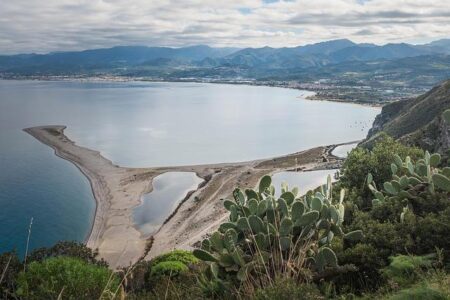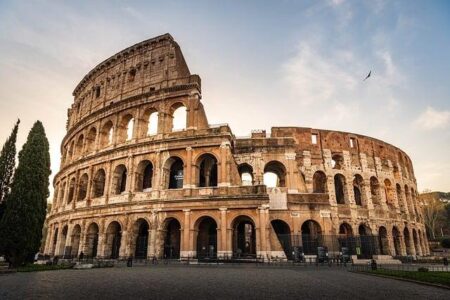Italy is reigniting a decades-old vision to build a massive bridge linking the island of Sicily to the mainland. The ambitious infrastructure project, long debated and repeatedly shelved, promises to transform transportation and economic ties between Sicily and continental Italy. However, questions remain about the feasibility, costs, environmental impact, and political will behind the plan. As Italy moves forward with preliminary steps, experts and locals alike are weighing whether this grand engineering feat can finally become a reality.
Italy’s Ambitious Vision to Link Sicily and the Mainland Faces Engineering Challenges
Italy’s effort to connect Sicily and the mainland through a monumental bridge is stirring both excitement and skepticism. The proposed structure, designed to stretch across the Strait of Messina, aims to improve transportation and economic integration, potentially slashing travel times and boosting regional development. However, the project confronts a host of complex engineering problems that stem from the area’s challenging geological and environmental conditions. The strait is notorious for seismic activity, strong currents, and deep waters-making foundation work exceptionally difficult and costly. Experts warn that any miscalculation could not only delay the project but also compromise safety, raising questions about the viability of such an ambitious undertaking.
Key engineering challenges include:
- Earthquake resistance in a seismically active zone
- Designing foundations capable of withstanding turbulent underwater currents
- Balancing environmental preservation with large-scale infrastructure needs
- Logistical complexities of transporting materials and machinery to remote construction sites
- Ensuring the long-term durability of materials exposed to saltwater corrosion
| Challenge | Impact | Possible Solutions |
|---|---|---|
| Seismic Activity | Structural instability | Seismic isolation bearings, flexible joints |
| Strong Currents | Foundation erosion | Deep pilings, reinforced concrete |
| Environmental Concerns | Habitat disruption | Eco-friendly construction methods |
Economic and Environmental Implications of the Proposed Sicily Bridge Project
The proposed bridge project connecting Sicily to mainland Italy represents a bold infrastructural endeavor that carries significant economic promise alongside environmental concerns. Proponents argue the bridge could invigorate local economies by streamlining transportation, reducing travel times, and boosting tourism and commerce in the region. Particularly, industries such as agriculture and manufacturing stand to benefit from improved logistics, potentially attracting new investments and facilitating job creation. Some experts predict an increase in regional GDP by up to 3% within five years post-completion, underscoring the transformative impact of enhanced connectivity.
- Improved supply chains: Faster movement of goods between Sicily and the mainland.
- Tourism growth: Easier access expected to attract more visitors year-round.
- Job creation: Both in construction phase and long-term economic activities.
On the flip side, environmentalists raise alarms about the potential ecological footprint of building such a massive structure across the Strait of Messina. Challenges include the disruption of marine habitats, alterations to local ecosystems, and increased carbon emissions during and after construction. Additionally, concerns about seismic vulnerability have sparked debates over safety and sustainability. The following table summarizes key economic benefits against environmental risks:
| Aspect | Economic Potential | Environmental Concern |
|---|---|---|
| Transport Efficiency | Cut travel time by 60% | Construction pollution |
| Employment | 15,000 new jobs | Habitat disruption |
| Economic Growth | +3% regional GDP | Seismic risk |
Experts Recommend Comprehensive Feasibility Studies Before Moving Forward
Before embarking on the ambitious endeavor of constructing a bridge linking Sicily to the mainland, specialists emphasize the paramount importance of exhaustive feasibility analyses. These studies encompass engineering challenges, environmental impact assessments, and economic viability, ensuring that the project is practical and sustainable. Experts warn that overlooking any of these critical aspects could jeopardize both the structural integrity of the bridge and the broader regional benefits it aims to deliver.
Key considerations identified by engineers and analysts include:
- Geological surveys to evaluate the seabed’s stability and seismic activity.
- Environmental studies to protect marine ecosystems and local biodiversity.
- Cost-benefit analysis reflecting construction expenses against expected economic growth.
- Long-term maintenance planning to preserve safety and functionality over decades.
| Aspect | Assessment Focus | Potential Impact |
|---|---|---|
| Engineering | Bridge design & seismic resistance | Structural safety |
| Environmental | Marine life & water quality | Ecological balance |
| Economic | Cost vs. regional benefits | Financial sustainability |
| Maintenance | Long-term durability plans | Ongoing operability |
Key Takeaways
As Italy moves forward with renewed efforts to construct a bridge linking Sicily to the mainland, the project continues to spark debate over its feasibility, environmental impact, and economic benefits. While supporters argue the bridge could enhance connectivity and stimulate regional growth, critics caution about the immense technical challenges and potential ecological risks. Whether this ambitious undertaking will ultimately come to fruition remains uncertain, but it undeniably represents a bold vision for Italy’s infrastructure future. NPR will continue to monitor developments as the story unfolds.




